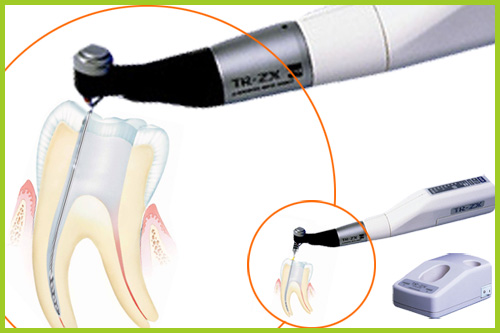Conservation procedure
Filling photo or with chemo-polymerization
In the past years teeth colouring fillings are conquering larger and larger grounds in the caries therapy. This is because they have outstanding parameters as the consequence of dynamic development and satisfy aesthetic needs for almost every patient. In the first place we use the fine-granulation and hybrid compositional photo-polymerization or plastic materials.
We use photo-polymerization materials for mainly restoring front teeth and to achieve perfect hardening we expose the tooth to the crea plasma light. It is typical for these materials to be aesthetically perfect, though after a few years they get discoloured. I personally do not like to use this material for filling molars as they have a small shrinking and if the cavity is rather large then it has serious importance. I prefer the products of the Japanese company Fuji.
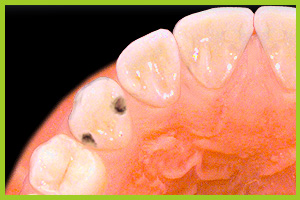
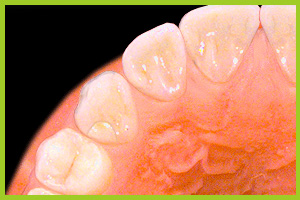
We usually implement the glass-ionomer chemical-polymerization materials to the smaller premolars or molars. It is characteristic for these materials that after mixing the two components together we have only a few minutes to place the filling in place where it gets hardened fairly quickly and can be used for chewing immediately. The advantage of this material is that it creates a chemical bound with the tooth itself within 30-60 days and secondary cavities cannot develop. The disadvantage is that if the filling is too large then it can break.
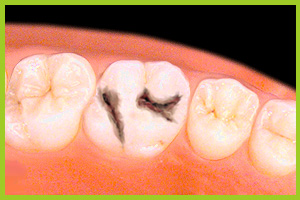
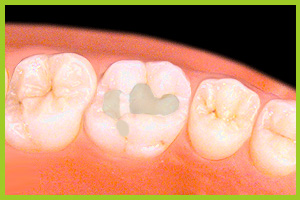
Inlay, onlay
The growing aesthetic demand from the patient side puts a growing pressure on dentists in practice. From the profession point of view there should not be any complaints considering the conventional cast gold inlay though its look is questionable from aesthetic view. We can choose from two materials when we make aesthetic implants: ceramic and composite. We prefer the computer directed ceramic fillings made by the CEREC system.
After scanning the prepared hole the computer connects the 3 dimensional points and constructs the ideal form of the filling then has the connected ceramic lathe make the filling. With this procedure the fillings are made in less time and more precisely, also they provide a more aesthetic experience.
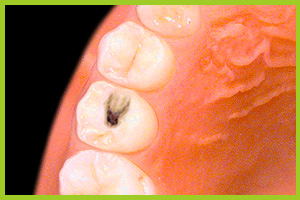

Shell ceramics
What is a ceramic shell? Ceramic shells combine the advantages of a gentle, small-count teeth removal with the aesthetic harmony of restoration.
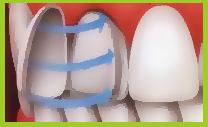
Simply to say, we glue a 0.5-1-1.5 mm thin ceramic shell, which is uniquely made in a laboratory after a template, to the front surface of the tooth (in most cases the upper front teeth) making it more aesthetic and practically can be made to the desired colour without putting a crown on. Naturally prior to the procedure we need to remove the same amount from the surface of the tooth.
When is it recommended?
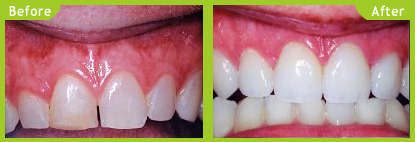
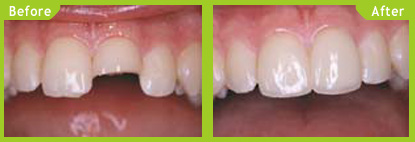
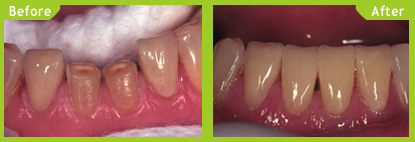
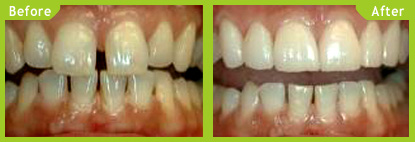
Root canal therapy and filling
Probably all of us have experiences with root canal treatments. Against all rumours we must all know that root canal treatments can be done without any pain and serves the purpose of teeth conservation.
How is the root canal treatment done?
Using the bur first we remove the pulp (nerve canal) from the prepared crown borehole then the root pulp and also the whole content of the root canal. After we clean, disinfect and dry the root canal then the root fillings are going in place. In our dental office the Tri-Auto-ZX (Morita) machine is used. With the help of this machine the process is carried out with the best safety and outstanding result. It measures precisely the length of the root canal and before reaching the bone it stops and recoils and of course this way there is no need for making any dental X-rays.
